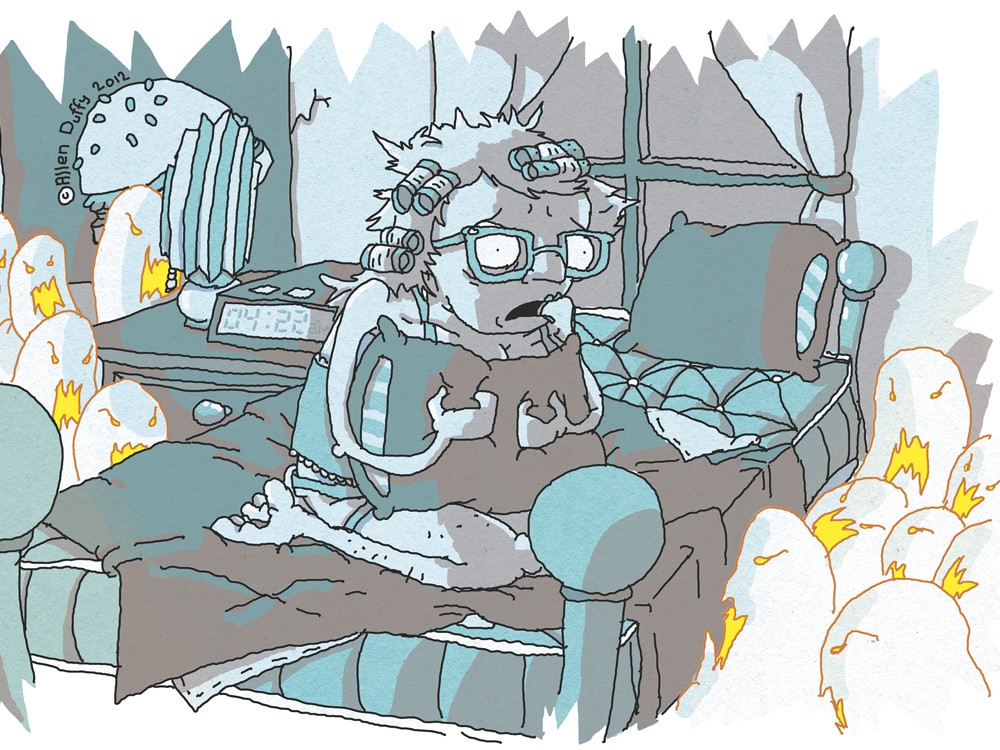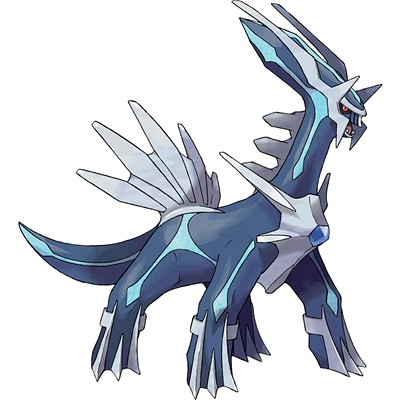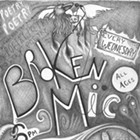Awkward phone calls start with small talk. In this instance, I call my mom, ask about my nephew’s birthday party and then the conversation shifts. I ask a question I’ve never wanted to ask: “Do we have any mental illness in the family?”
She defaults to a joke.
“No, I mean, my mom is loony tunes but not really,” she says, referring to my zealous Catholic grandmother. “Nobody is certifiable.”
I might be the first.
It happened again the other night. Thirty minutes after falling asleep, I bolted upright and screamed for about a minute. Sweat gathered at the nape of my neck and pooled on the ribbed collar of my shirt. My eyes gazed into the darkness.
My boyfriend says there was nothing he could do to stop my screaming. He tried to console me by covering my eyes with his hands and shouting, “You’re alright.” Eventually, I fell back asleep.
Then it happened three more times in intervals of 30 minutes. The third time, I told my boyfriend: “I just watched a kid walk by the bed.”
As far as I remember, this behavior started in college. Dormitory roommates said I popped out of bed like a vampire from a coffin. Some nights I awoke, confused, to the sound of my voice screaming into the closet.
Some nights, these episodes happen repeatedly. Sometimes, it’s twice a week for four months. Some months not at all. My boyfriend hides the frequency of the episodes because it scares me.
After my latest episode, I visit the library. The Diagnostic and Statistical Manual of Mental Disorders (DSM) has become my unholy bible. According to the DSM, the episodes I may be experiencing are called sleep terrors and manifestations of sleep terror disorder. It’s estimated that 1 percent to 6 percent of children and less then 1 percent of adults experience it.
The disorder is characterized by abrupt awakenings from sleep, usually a scream and intense fear. Some people throw punches or jump out windows in what looks like attempts “at self protection or flight from threat.” During an episode, individuals are difficult to awaken or comfort and have no recollection of the event. Despite the adrenaline, individuals are neither awake nor dreaming.
Sleep terror disorder commonly begins in ages 4-12 and resolves spontaneously during adolescence. In adults, it begins between ages 20-30. Children with the disorder don’t have a higher incidence of mental disorders; however, mental disorders are more likely to occur in adults.
Adults who suffer from the disorder are prone to depression, anxiety, post traumatic stress disorder, generalized anxiety disorder and personality disorders such as dependent, schizoid and borderline personality disorder.
Tears begin to well as I surmise that I am crazy. Perhaps I am too afraid — even when I’m sleeping — to navigate through a world of careers and heartache and spilled cups of coffee. The irony is, I just finished two novels — The Bell Jar and Girl, Interrupted — whose heroines descend into a tornado of suicide attempts, electroshock therapy, leather shackles and madness.
I seek out experts. Doctor Gregory Belenky, director of the Washington State University Sleep and Performance Research Center, tells me he has no clinical or research experience with sleep terrors. He signs his email “good luck.”
Polysomnographic Technologist David Swanson from Providence Holy Family Sleep Center says of the 900-1,000 patients they see each year, a handful have similar sleep disorders. All of them are children.
“It’s so unusual and it’s such a scary thing,” he tells me. “I think you should be tested.”
My mother sounds tired on the other end of the phone, as if she has taken the weight of her child’s problems on her shoulders.
She works for a hospital. She talked to a doctor. She mentions antipsychotic medication. She tells me I was always afraid of the dark and I sleepwalked. She says I slept with a musical Care Bear night light every night.
“You had nightmares, but you never used to wake up screaming,” she says. “I thought you were afraid but you’d just grow out of it. I didn’t think it was something I should take you to the doctor or psychiatrist for.”
She tells me she feels like a horrible mom and I have the desire to hang up the phone and erase the last few days of my life. We say goodbye.
The next day I’m in the library again, thumbing through the DSM. I know I’m incapable of making a diagnosis on my condition, but still I am here, doing what all intelligent beings are capable of — self analysis. Reading through the descriptions of the disorders is like playing a painful game of connect the dots.
When I was little, I used to think the scariest thing about the darkness was the unknown that lurked out there. Now I fear the unknown shadows in my own mind.





















